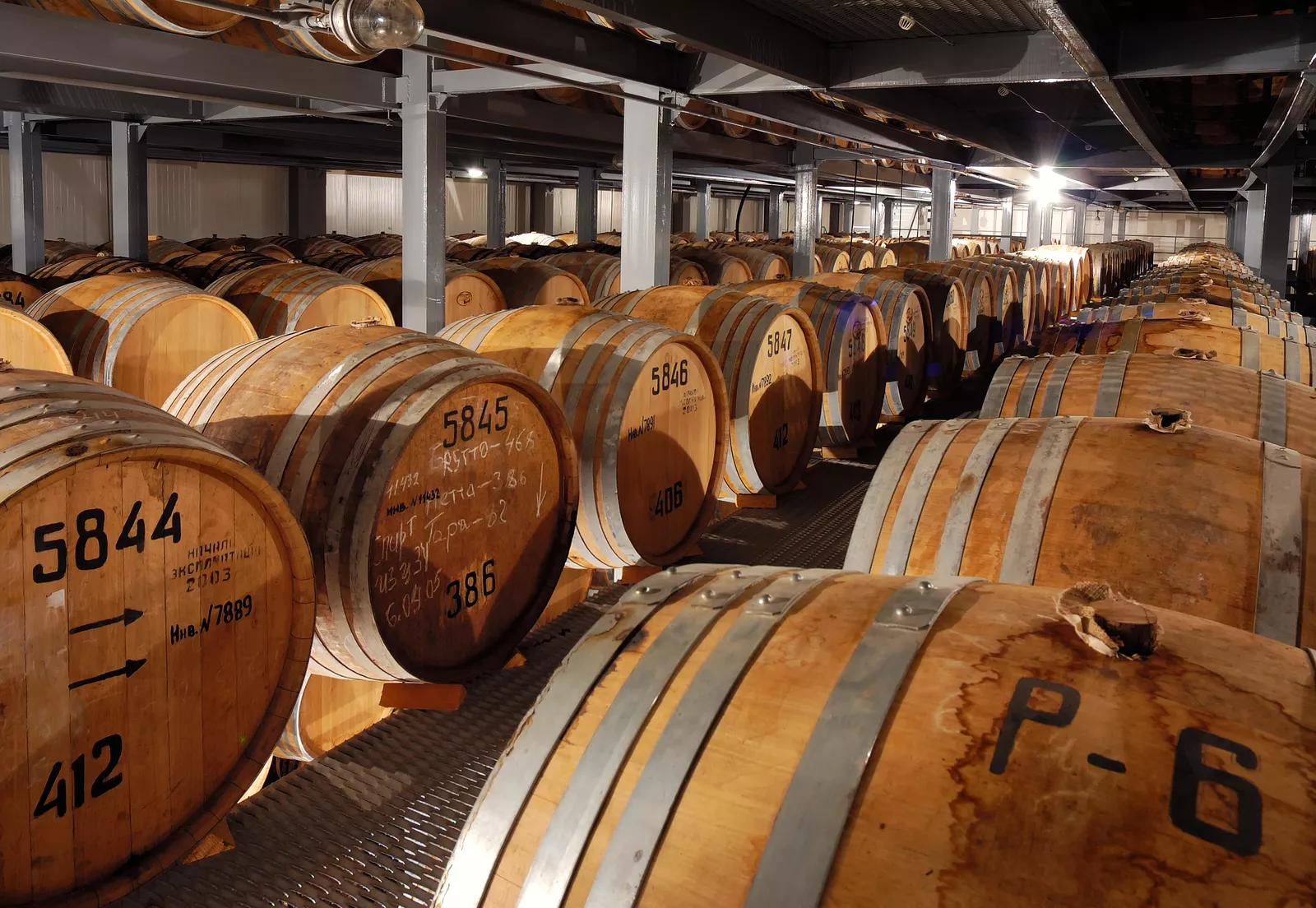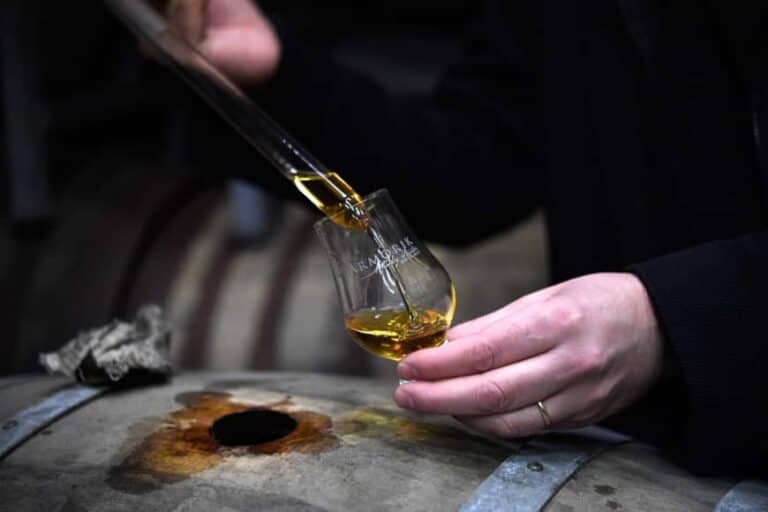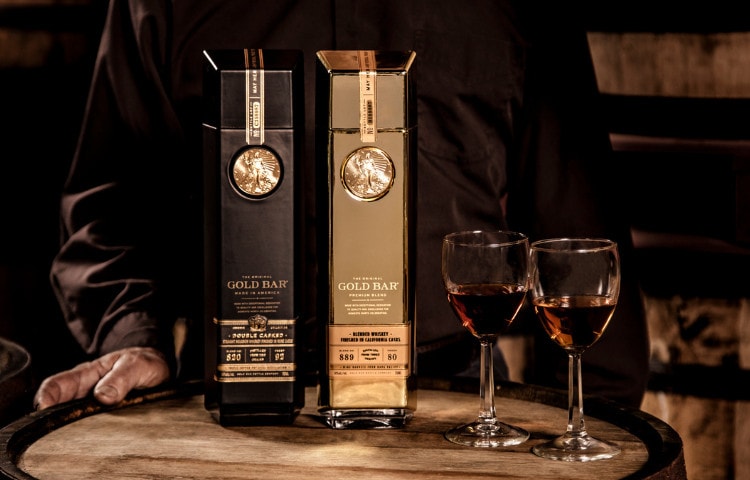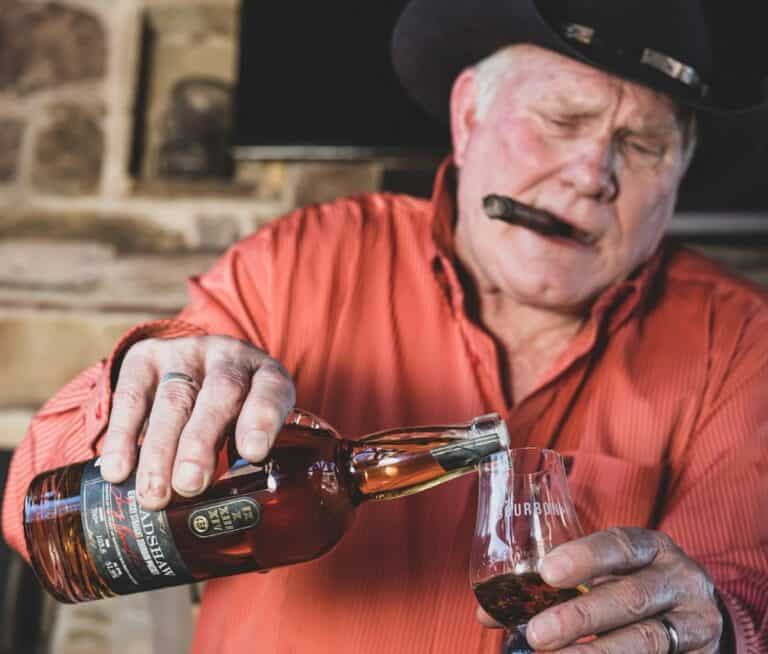Aging Process of Texas Whiskey
Texas whiskey has carved out a unique niche in the world of spirits, distinguished by its robust flavors and distinctive aging process of Texas whiskey. Unlike traditional whiskey-producing regions, Texas offers a climate and environment that significantly impact the maturation of whiskey, resulting in a product that stands apart in character and taste.
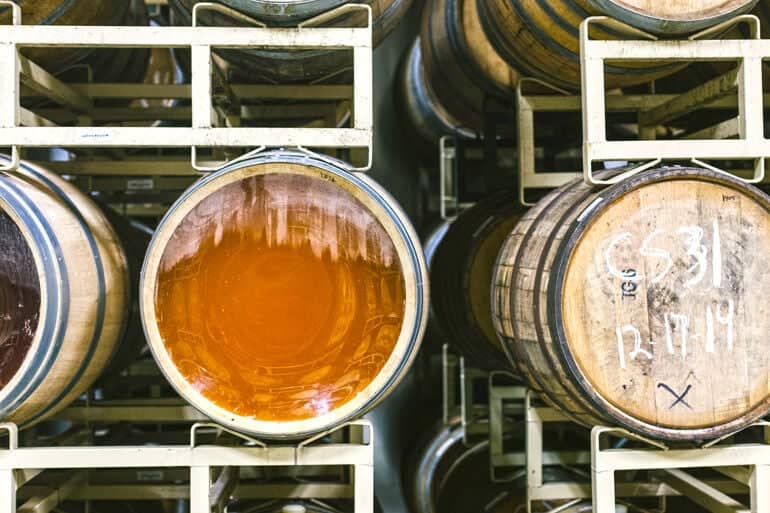
Influence of Climate
Temperature Variations
The Texas climate plays a crucial role in the aging process of whiskey. With its extreme temperature fluctuations, Texas provides a dynamic aging environment. During the hot summer months, whiskey expands into the wood of the barrels, absorbing rich flavors. Conversely, cooler winters cause the whiskey to contract, pushing it back out of the wood and enhancing its complexity. These temperature swings accelerate the aging process, allowing Texas whiskey to achieve a mature flavor profile in a shorter period compared to regions with more stable climates.
Temperature variations in Texas can range from scorching hot days above 100°F (38°C) to cool nights below 40°F (4°C). This diurnal temperature swing significantly impacts the rate at which whiskey interacts with the barrel. The constant movement of the liquid in and out of the wood increases the extraction of flavors from the oak, including tannins, lignins, and vanillin, which contribute to the whiskey’s taste and aroma.

Moreover, the rapid aging process in Texas can reduce the time needed for whiskey to develop desirable characteristics. While traditional whiskey aging in regions like Scotland or Kentucky might take 8 to 12 years, Texas whiskey can reach similar flavor profiles in as little as 3 to 5 years. This accelerated aging is due to the intense climatic conditions that speed up the maturation process.
Humidity Levels
Humidity is another critical factor influencing the aging of Texas whiskey. Higher humidity levels in certain parts of Texas can slow the evaporation rate, known as the “angel’s share,” preserving more of the whiskey and its flavors. Conversely, in drier areas, increased evaporation concentrates the flavors, creating a bolder and more intense spirit. The interplay between temperature and humidity in Texas contributes to the unique maturation characteristics of its whiskey.
In regions with high humidity, the barrels retain more moisture, which can result in a smoother, less concentrated whiskey. The presence of moisture in the air helps to keep the barrels hydrated, preventing them from drying out and reducing the loss of alcohol and water through evaporation. This environment is conducive to a slower, more controlled aging process, allowing for a gradual development of flavors.

On the other hand, areas with low humidity, such as West Texas, experience higher rates of evaporation. The dry air causes the barrels to lose more liquid, concentrating the remaining whiskey and intensifying its flavors. This results in a bold, robust spirit with pronounced oak, spice, and caramel notes. The unique combination of temperature and humidity in Texas creates a diverse range of flavor profiles, making each batch of whiskey distinct.
Barrel Types
New Oak Barrels
The use of new oak barrels is a common practice in the aging of Texas whiskey. These barrels are typically charred to various degrees, which influences the flavor profile of the whiskey. The charred interior acts as a filter, removing impurities while imparting flavors such as vanilla, caramel, and toasted oak. The fresh wood also allows for greater interaction between the whiskey and the barrel, speeding up the aging process and enhancing the depth of the spirit.
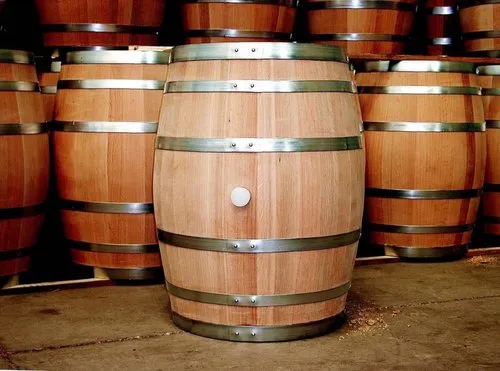
New oak barrels, often sourced from American white oak, are integral to the flavor development of Texas whiskey. The charring process, which involves burning the inside of the barrel, creates a layer of charcoal that interacts with the whiskey. This layer helps to filter out undesirable compounds and adds complexity to the spirit.
The level of char can vary, with different distilleries opting for varying degrees of char, from light to heavy. A heavier char typically results in stronger flavors of smoke and spice, while a lighter char imparts more subtle notes of vanilla and honey. The choice of barrel and char level allows distillers to craft unique flavor profiles tailored to their specific style of whiskey.
Reused Barrels
Reused barrels, or “refill” barrels, are another option for aging Texas whiskey. These barrels, previously used for aging other spirits like bourbon or wine, impart unique secondary flavors to the whiskey. The residual elements from the previous contents, combined with the characteristics of the Texas climate, create a complex and layered flavor profile. The use of reused barrels is less common but can produce exceptionally distinctive whiskeys.
When whiskey is aged in reused barrels, it benefits from the flavors left behind by the previous spirit. For example, a barrel that previously held bourbon will contribute residual notes of caramel, vanilla, and oak to the whiskey. Similarly, barrels that once contained wine can impart fruity and tannic characteristics, adding depth and complexity.
The practice of using reused barrels is often seen in distilleries that aim to create innovative and experimental whiskey expressions. By blending the influence of different spirits, distillers can produce whiskeys with unique and intriguing flavor profiles. The combination of new and reused barrels allows for a diverse range of aging possibilities, enhancing the creativity and versatility of Texas whiskey.

Aging Duration
Short-Term Aging
Given the intense climate conditions, short-term aging in Texas can produce surprisingly mature and flavorful whiskey. Whiskeys aged for as little as 18 months to two years can exhibit characteristics typically found in much older spirits. The accelerated interaction between the whiskey and the barrel, driven by temperature variations, allows for rapid flavor development, making short-term aged Texas whiskey a viable and attractive option for distillers.
Short-term aging in Texas is particularly beneficial for craft distilleries looking to bring their products to market quickly. The rapid maturation process allows distillers to produce high-quality whiskey in a fraction of the time required in more temperate climates. This efficiency not only reduces costs but also enables distilleries to experiment with different aging techniques and flavor profiles.
Despite the shorter aging period, Texas whiskeys often exhibit a remarkable depth of flavor. The intense climate conditions facilitate the extraction of rich caramel, vanilla, and spice notes from the barrel, resulting in a well-rounded and balanced spirit. Short-term aged Texas whiskey offers an excellent option for those seeking a premium product without the long wait.

Long-Term Aging
While short-term aging is effective, long-term aging in Texas results in even more complex and refined spirits. Whiskeys aged for four to six years, or even longer, benefit from the prolonged interaction with the barrel wood, developing deep, rich flavors and a smooth finish. Long-term aging allows for the integration of subtle notes and a balance of flavors that are hallmarks of high-quality whiskey. The combination of Texas’s climate and extended aging results in a spirit that is both robust and sophisticated.
Long-term aging in Texas enhances the whiskey’s complexity and depth. Over the years, the spirit undergoes a series of chemical reactions within the barrel, including oxidation and esterification, which contribute to the development of intricate flavors and aromas. The prolonged exposure to the barrel wood allows for the gradual absorption of tannins and other compounds, adding layers of richness and nuance.

Texas whiskeys aged for extended periods often showcase a harmonious balance of flavors, including dark chocolate, dried fruit, leather, and toasted oak. The extended aging process also imparts a smooth, velvety texture and a lingering finish, making these whiskeys highly sought after by connoisseurs. Long-term aging in Texas represents the pinnacle of craftsmanship, resulting in a premium product that reflects the artistry and dedication of the distillers.
FAQs
Conclusion
The aging process of Texas whiskey is a fascinating journey influenced by the state’s unique climate, diverse barrel types, and varying aging durations. These factors combine to create a whiskey that is robust, complex, and distinctly Texan. Whether aged for a short period or allowed to mature over several years, Texas whiskey offers a rich tapestry of flavors that reflect the spirit of the Lone Star State.
Disclosure: Our blog contains affiliate links to products. We may receive a commission for purchases made through these links. However, this does not impact our reviews and comparisons. We try our best to keep things fair and balanced, in order to help you make the best choice for you.

